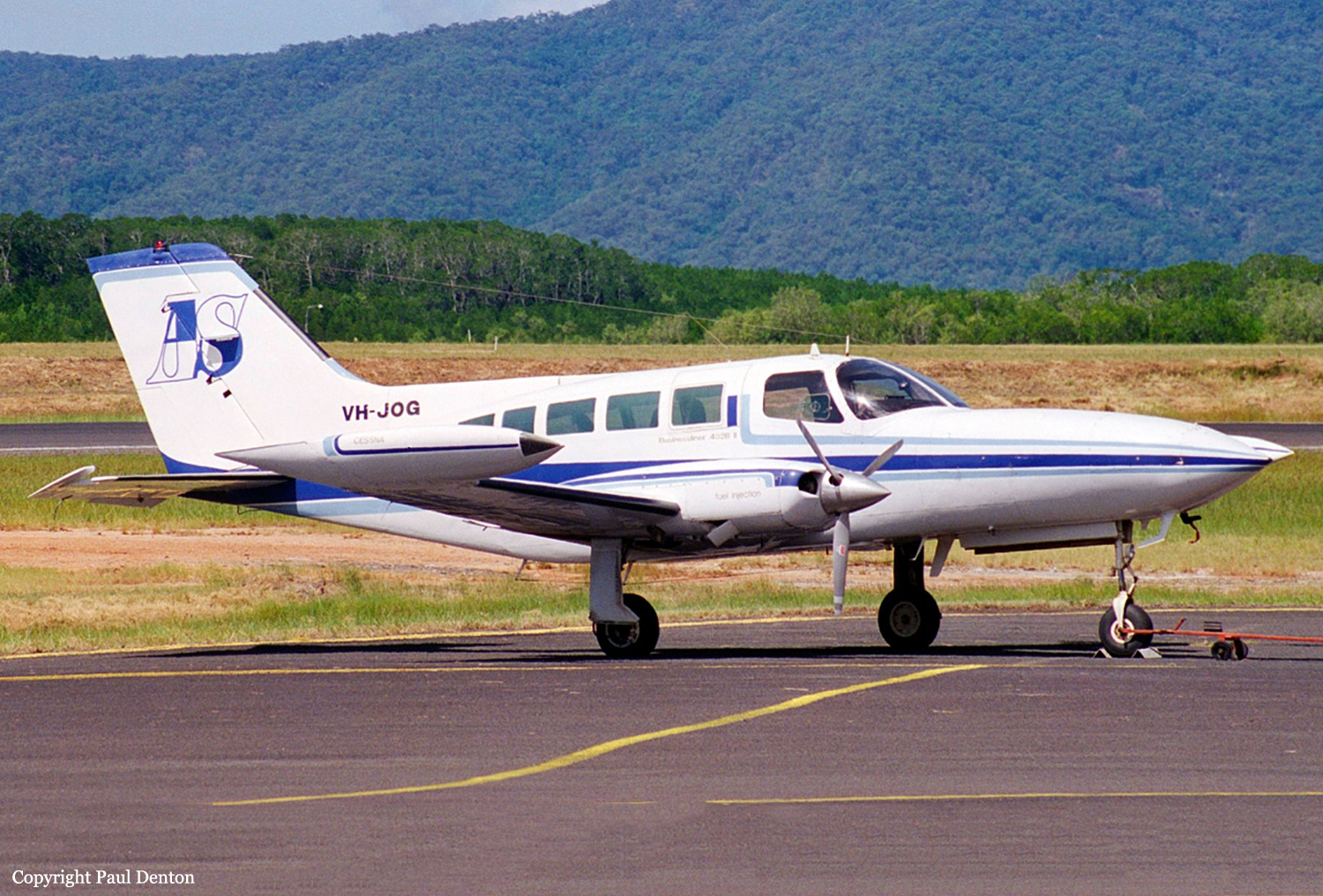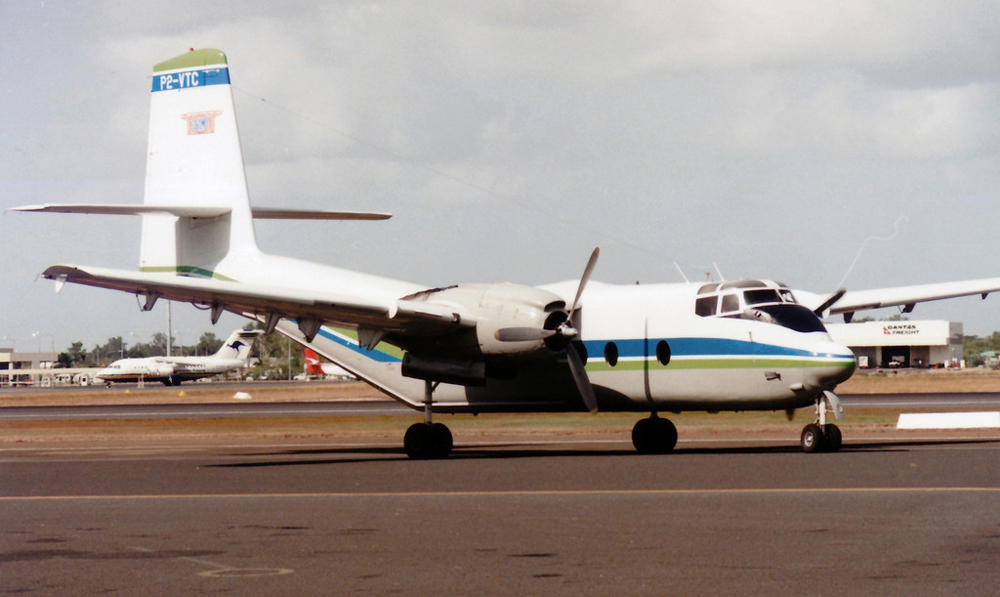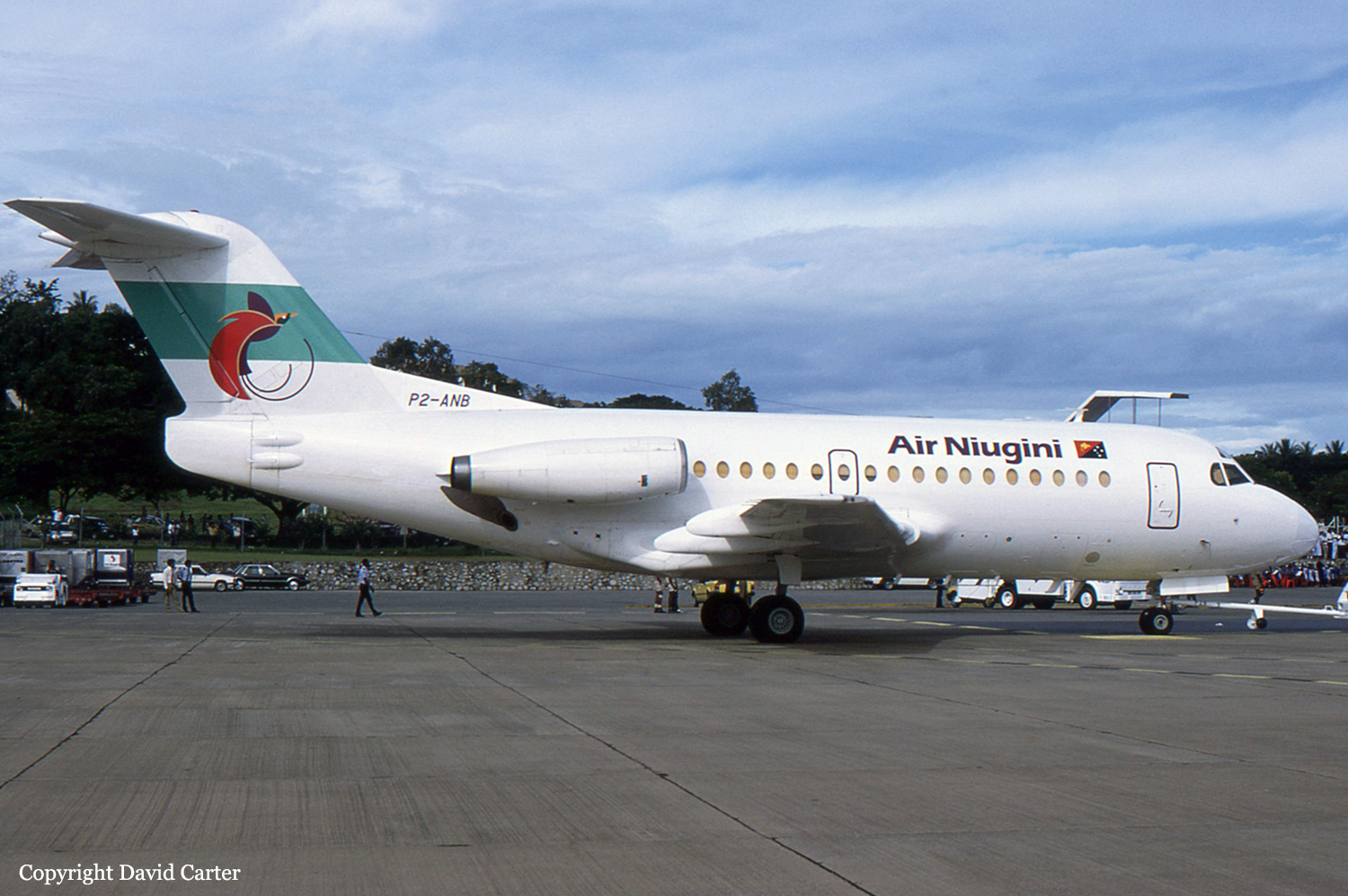Crash of a Britten-Norman BN-2A-20 Islander in Oumba: 1 killed
Date & Time:
May 11, 1996 at 1315 LT
Registration:
P2-ISD
Survivors:
Yes
Schedule:
Menyamya – Marawaka
MSN:
582
YOM:
1977
Crew on board:
1
Crew fatalities:
Pax on board:
9
Pax fatalities:
Other fatalities:
Total fatalities:
1
Circumstances:
En route from Menyamya to Marawaka, weather conditions deteriorated while the pilot was flying in a deep valley. He elected to find a hole in the clouds to leave the area when, at a speed of 80 knots, the aircraft stalled, collided with trees and crashed on hilly terrain. A passenger was killed while nine other occupants were injured.
Probable cause:
The pilot failed to monitor his speed indicator and failed to realize the speed dropped while trying to get out of a deep valley.








